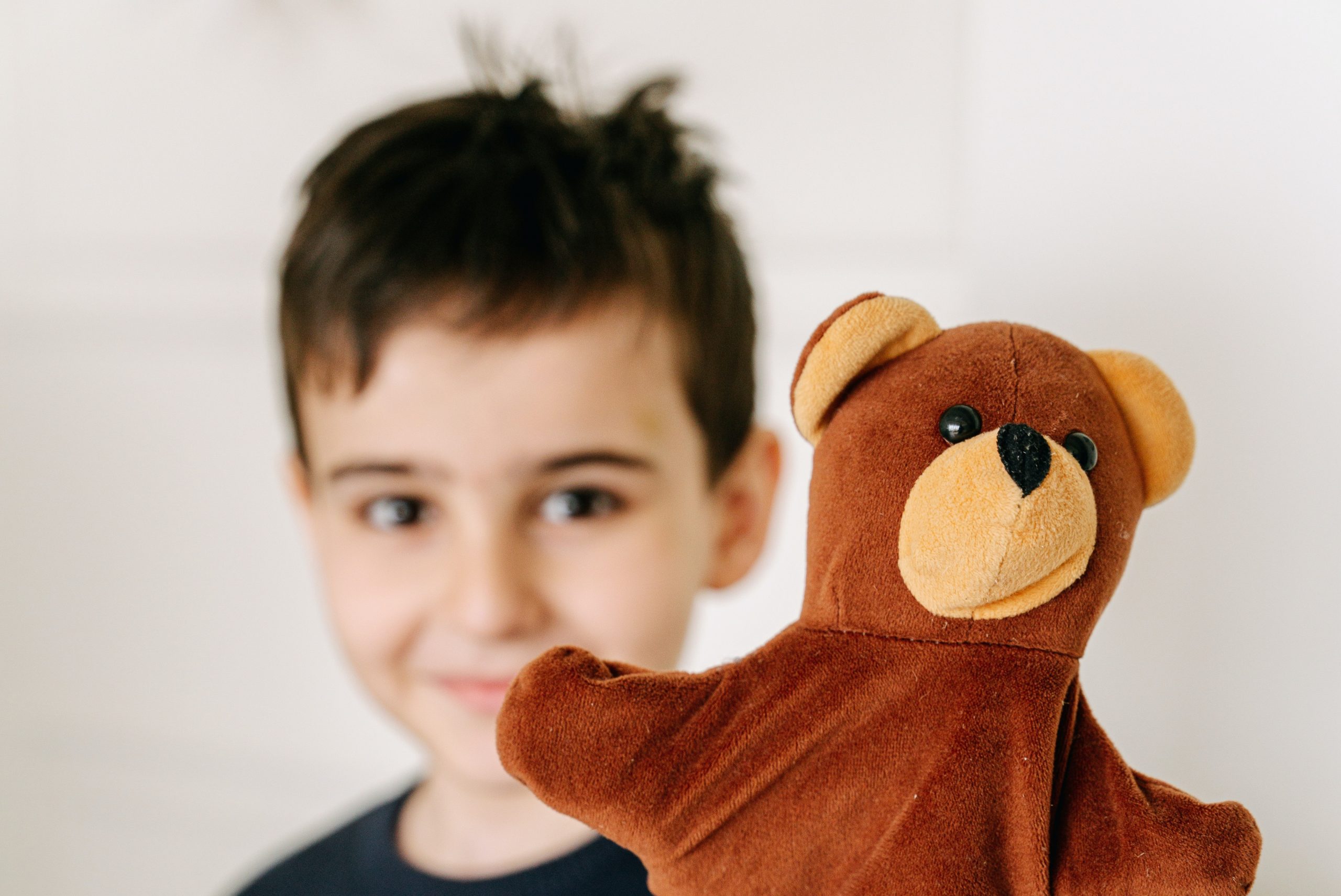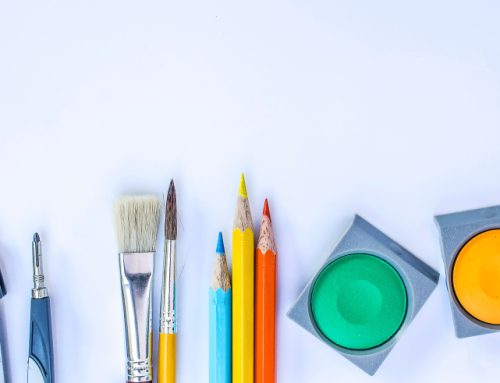Olivia Karaolis makes the case for using puppets in the classroom, advocating for the “power of the puppet” to break down barriers between teachers and students, create space for diverse voices and learning styles in the classroom, and foster restorative practice. Entering children in dialogue with puppets can create an engaging, low-pressure environment to share their ideas, while children who may be excluded by the classroom’s emphasis on spoken language can use puppets to communicate non-verbally. Puppets can also be used to exemplify and enact restorative practice. Karaolis emphasises that teachers shouldn’t be deterred by their lack of experience with puppetry, and encourages early learning educators to experiment with “power of the puppet.”






